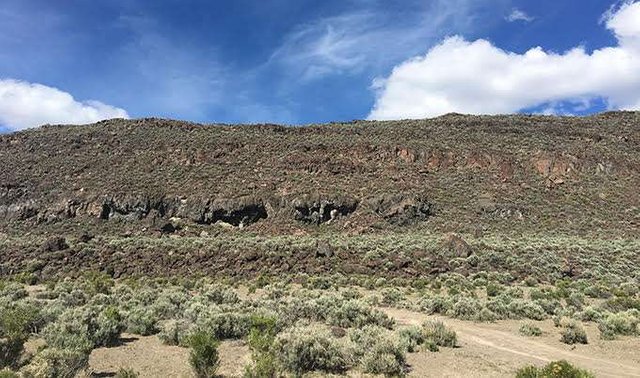More evidence suggests ancient Americans predate "Clovis-First" model by 1,000 years
Mounting evidence and detailed analysis are getting scientists closer to resolving a debate about the peopling of the Americas.
Dr. Lisa Marie Shillito analyzed organic matter and sediment at the Paisley Cave archaeological site in Oregon, in which her research team found human feces, also known as coprolites, and discovered human DNA within it.
The coprolites, radiocarbon-dated to 14,300 years ago, are the smoking gun that strongly suggest that the Paisley Caves are likely the earliest known human occupation site in North America, predating the so-called Clovis culture by 1,000 years.

Photograph of Paisley Caves, by Dr. Shillito. Credit: Newcastle University
The research team will next examine the concentration levels of lipids throughout the cave's sediment layers. The data gleaned from this examination will allow the scientists to observe the movement that occurred over time within the cave.
"Based on the site's stratigraphy, we know there were a lot of people visiting the caves between 12,600 and 12,000 years ago," said Dennis Jenkins, an archaeologist from the University of Oregon. "Did some of their DNA get flushed to deeper sidements via water activity in the cave? Is the DNA as old as the 14,000-year-old layer we found it in?"
These findings may likely support the argument against the idea of the "Clovis First" model, the long held opinion that the Clovis people migrated through the Beringia land bridge around 11,500 BP. The growing collection of evidence (such as coprolites) is filling in contextual holes that better prepare scientists for analysis. By better understanding the context of the time period, the researchers are able to yield significant data that provides stronger clues to the peopling of the Americas.
Twitter: @thejindo
Source: phys.org (https://phys.org/news/2017-05-puzzle-humans-americas.html)